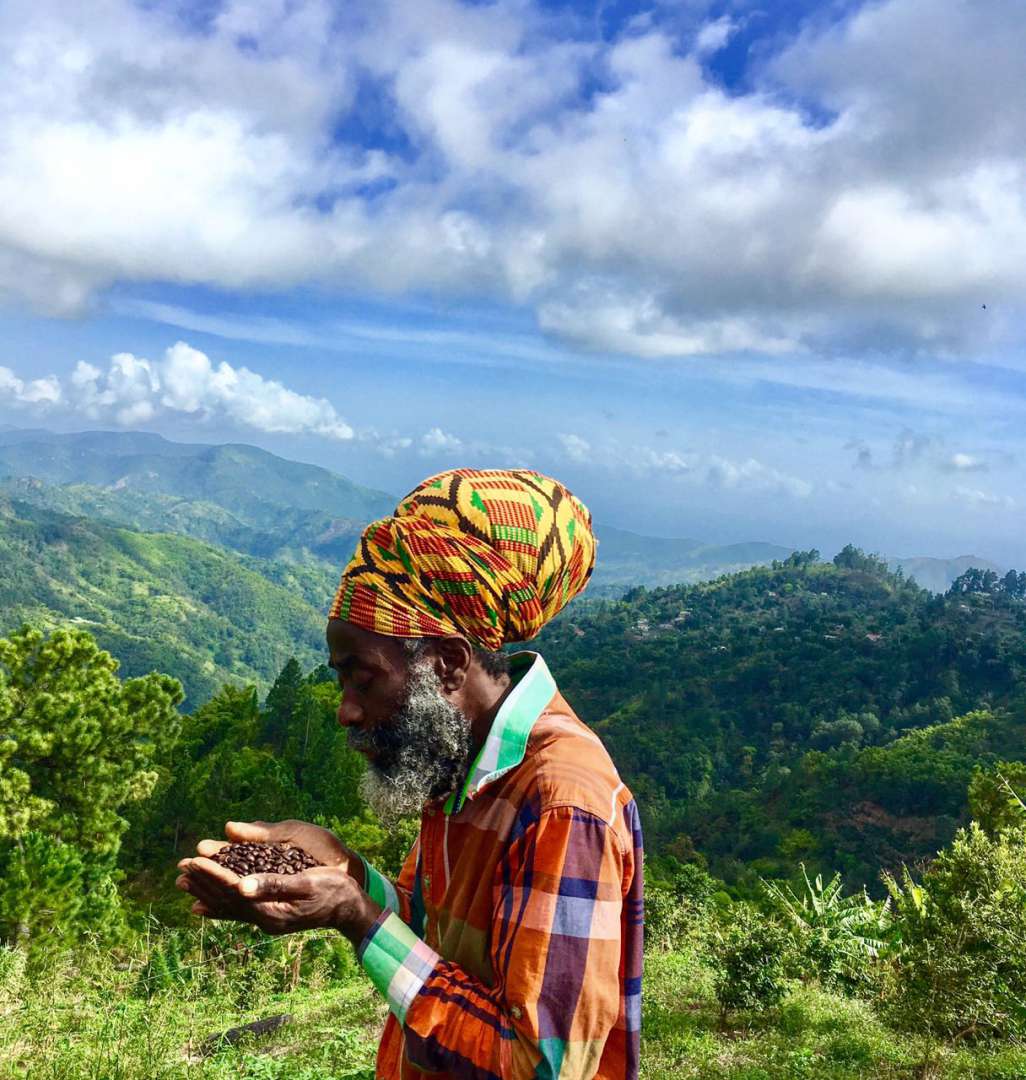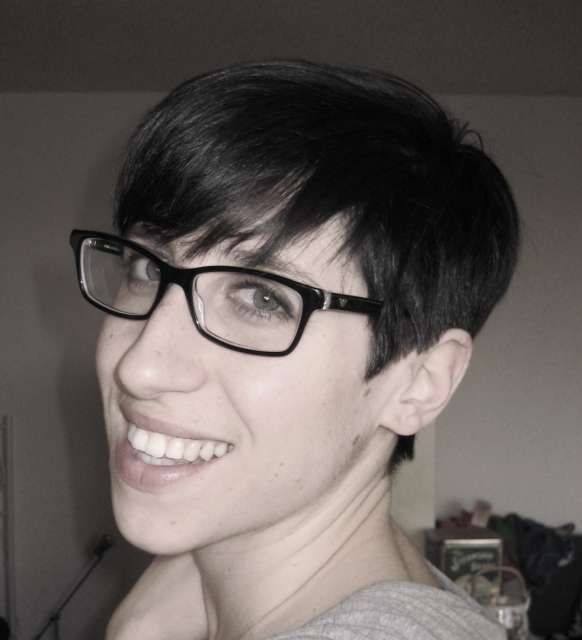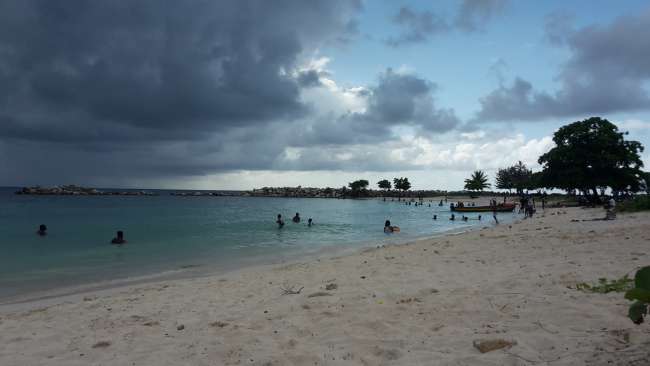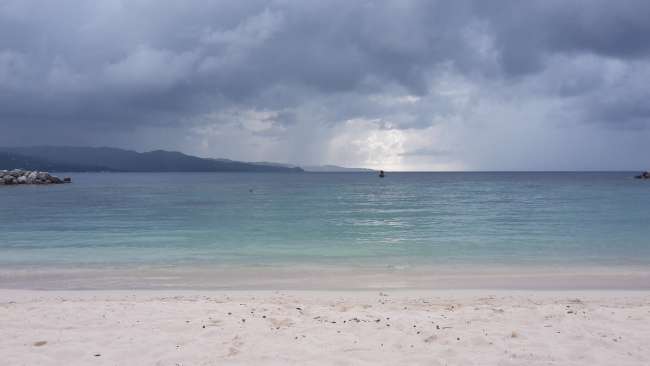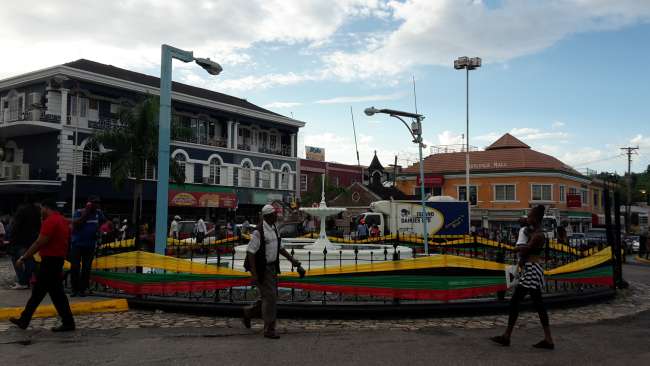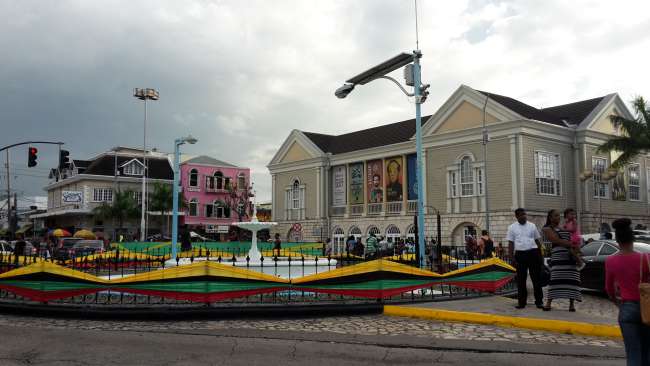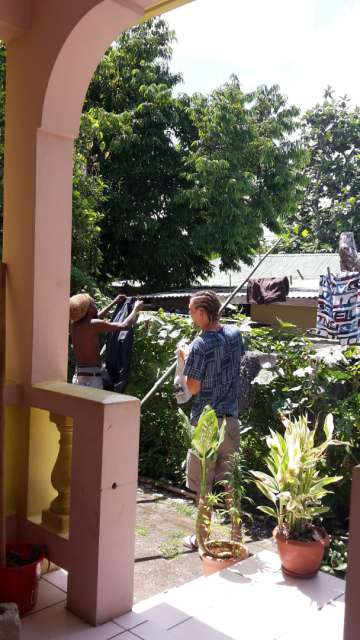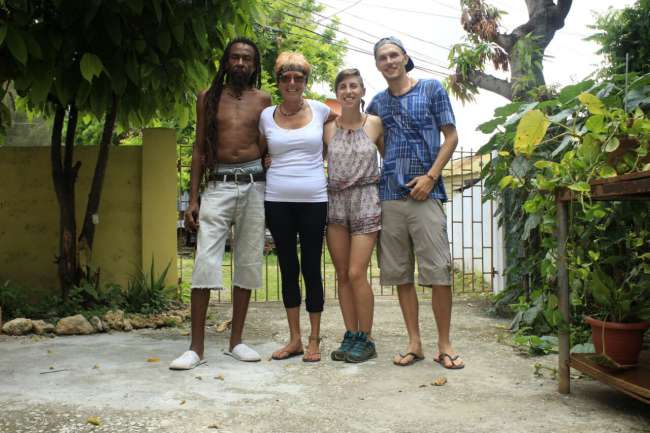Jamaica - Montego Bay
Published: 15.08.2017
Subscribe to Newsletter
On August 9th, we finally arrived in Jamaica - Montego Bay. This fulfills a lifelong dream for both of us. From the plane, we could already see the stunning white Caribbean beaches with crystal clear water like we've never seen before. The many coral reefs also stood out.
Montego Bay is a city in the northwest of Jamaica, where Christopher Columbus landed nearby in 1494. The first impressions are all the clichés that are more than fulfilled in this country. It smells like Ganja everywhere, and you are approached on every corner to buy Ganja. Almost everyone smokes here, and if you don't smoke, they ask you, 'Hey man, you're in Jamaica! Why aren't you smoking? You're free to do whatever you want here. So enjoy it and relax.' The music connection of this country is also striking. It feels like music speakers are part of the basic equipment of this island. Everywhere you go, you hear loud reggae music and see people dancing and singing along. Bob Marley's album was already playing at the airport.
Although not everyone is a Rastafarian, Bob Marley is an idol, a superhero for the majority of people. Whether on building walls, t-shirts, or posters - Bob Marley is still present in the reggae land of Jamaica. And he is an example of how far hard work can take you. Through music, people express their pain. That's why you can find musicians everywhere who write their lyrics - like Bob Marley - that are socially critical and address issues. Especially, these lyrics are directed at politics.
In Jamaica, English and Patois - a creole language - are spoken. English is the official language, and Patois is the unofficial national language of Jamaicans. At the beginning, I had a hard time understanding, but luckily David could translate everything for me.
Mo Bay is also known for oyster farming. The facilities are located on the nearby Bogue Islands. Other products produced in Montego Bay include sugar and rum. In addition to these goods, bananas, coffee - including the world-famous Blue Mountain coffee -, ginger, fine woods, and animal hides are exported from the port of the city.
We spent the first two days in a villa area, so we didn't see much of the real Jamaica. After that, we settled in a neighborhood that couldn't have been more different. We also visited a Rastafarian who lives there with his Canadian wife. That was the Jamaica we had imagined and 100% authentic. So we had many interesting conversations about Rastafarian culture and spirituality in general. And as I quickly found out, we had a lot of common knowledge about spirituality.
The city itself was exhausting for us in the first few days. People seemed very stressed and almost dismissive. It was very difficult to connect with them and we had to draw them out. We hadn't experienced that in the other countries we had visited so far. But that also disappeared after a few days because we learned to meet them where they were, and communication improved a lot.
Unfortunately, the city doesn't have much to offer, so we'll soon be heading to Negril.
JAH MON - as they say here!
Subscribe to Newsletter
Answer
